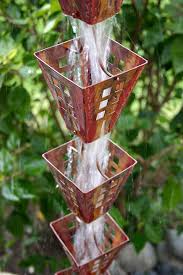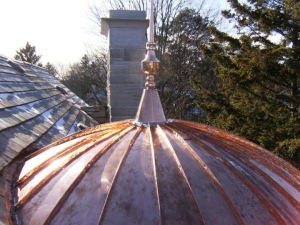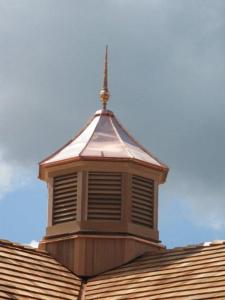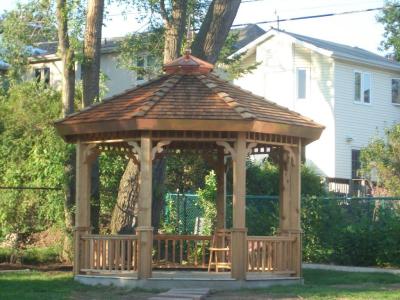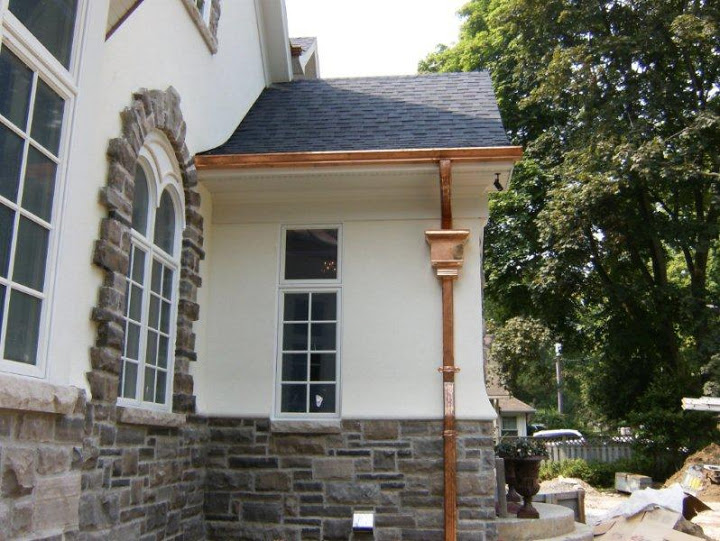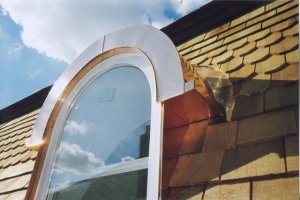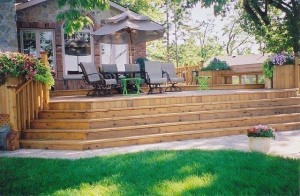 Western Red Cedar and Northern White Cedar are coniferous members of the Cypress family. However, many people know Western Red Cedar for its rustic, resilient furniture. Others may know cedar as the sauna wood which withstands a lot of humidity and heat.
Western Red Cedar and Northern White Cedar are coniferous members of the Cypress family. However, many people know Western Red Cedar for its rustic, resilient furniture. Others may know cedar as the sauna wood which withstands a lot of humidity and heat.
Western red cedar grows in the Pacific North West of the U.S. The Northern white cedar grows in Eastern-Southeastern Canada and adjacent states of New England and the Great Lakes region west to Minnesota. Cedar trees grow mainly in rocky, wet areas where hardwood trees such as oaks and maples can’t grow. Cedar is desirable in waterfront areas because it contains no chemicals that can contaminate the water like pressure treated wood can.
Red western cedar has twice the stability of most softwoods due to its low density and shrinkage factors. It produces long, lightweight lengths of timber with a fine straight grain and uniform texture. This makes it easy to cut, saw and nail with common tools. It also can be planed to a smooth surface or machined to any pattern. It will hold glue bonds and also provides a good base for many types of paints and stains since it lacks pitch and resin.
Northern White Cedar is the lightest of any commercial wood. It is even-grained and finely textured. The heartwood is resistant to decay and subterranean termites. It is easy to work, glues well and holds paint well. Northern white cedar also experiences little dimensional change.
Both cedars are insect and rot resistant because of oils they naturally contain. Cedar is also valued for its distinct aroma as its pungent aromatic oils are believed to discourage moth and carpet beetle larvae infestations. All of these factors make it the premier choice for either interior or exterior home use. Cedar wood has been primarily used to make rustic fencing and posts, but can also be used for cabin logs, lumber, poles, shingles and other specialty type products. Cedar is a natural wood for longevity and an excellent wood choice for various applications. Cedar’s natural resistance to moisture, decay and insect infestations makes it more resilient for outdoor projects. Properly finished cedar will last for decades, even in harsh environments.
Think beautiful cedar for your next wood project.
